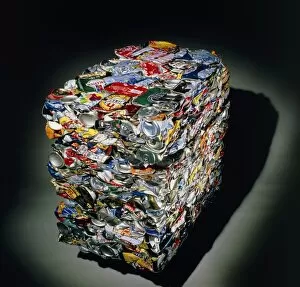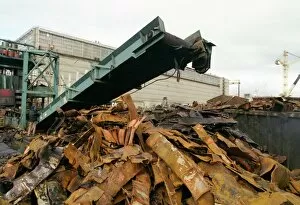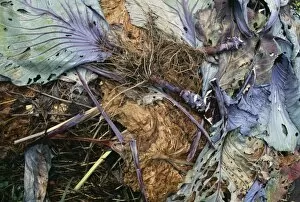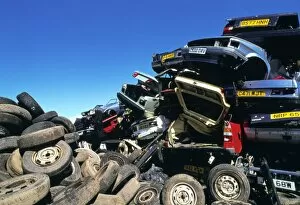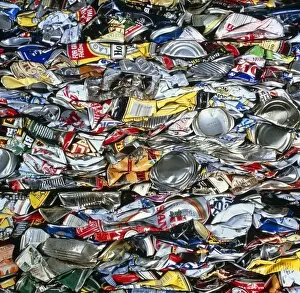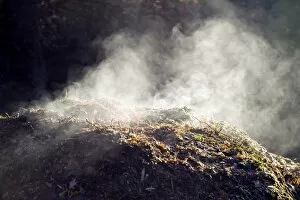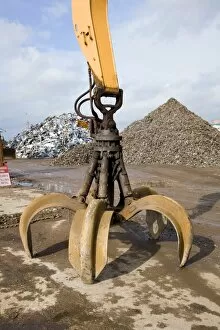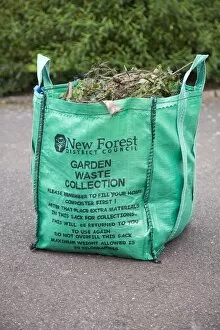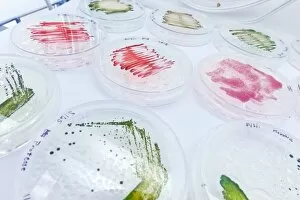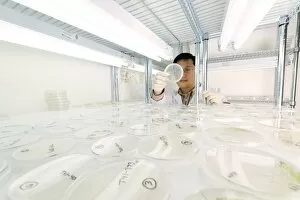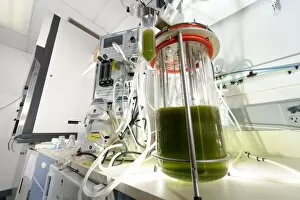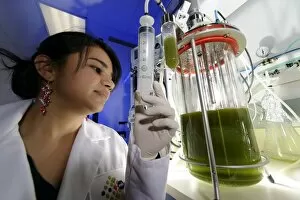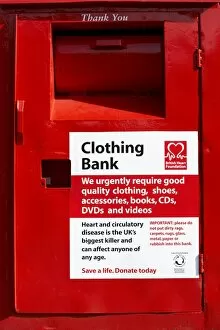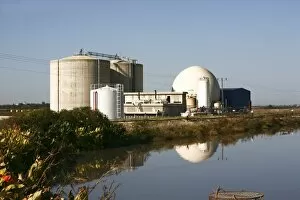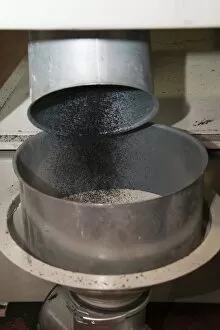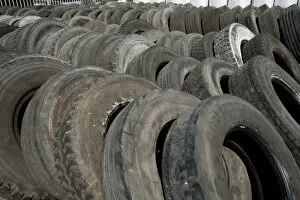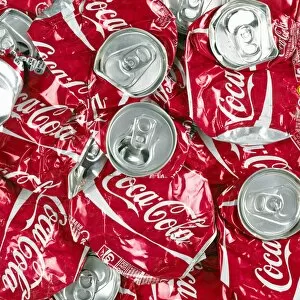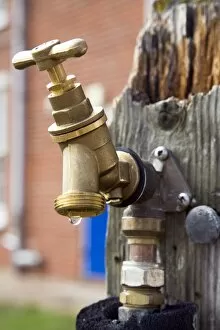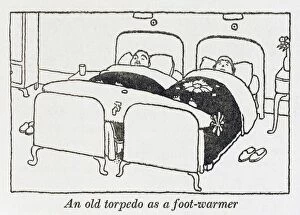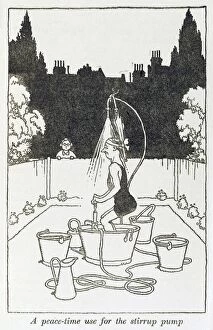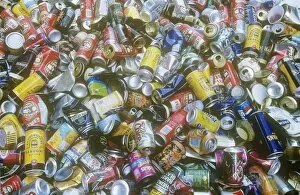Re Cycle Collection (#2)
"Re-Cycle: Unleashing the Power of Resourcefulness in a World of Waste" In an era where economics meets innovation, Heath Robinson's ingenious contraptions come to mind
For sale as Licensed Images
Choose your image, Select your licence and Download the media
"Re-Cycle: Unleashing the Power of Resourcefulness in a World of Waste" In an era where economics meets innovation, Heath Robinson's ingenious contraptions come to mind. Picture combine harvesters resting amidst a scrapyard, awaiting their second chance at life through scrap iron recycling. The poster nearby catches your eye - "Salvage Saves Shipping, " reminding us that every reclaimed material counts. As you step into the Salvation Army elevator, transporting donated goods to those in need, you realize the true value of repurposing. Oregon's Portland embraces this ethos with its yellow loaner bikes from the borrow-a-bike program, fostering sustainable transportation options for all. Witnessing an electromagnetic crane lifting massive chunks of steel for recycling at Pacific Steel showcases how technology aids our mission to reduce waste and preserve resources. Nearby, aluminum cans find their way into recycling bins across England in April – a testament to global efforts towards sustainability. A large electromagnet hums as it diligently collects metal scraps at a bustling scrapyard; each piece destined for rebirth and renewed purpose. A crushed Coca Cola can cut-out serves as a reminder that even seemingly insignificant items hold potential when given another chance. An advert by Imperial Chemical Industries highlights the shortage of paper and encourages resourcefulness in finding alternatives – urging us to think beyond traditional materials and embrace innovative solutions. "Re-Cycle" is not just about reusing or reducing waste; it symbolizes our collective responsibility towards creating a greener future. It reminds us that every action we take today shapes tomorrow's world – one where creativity thrives alongside conservation, transforming discarded objects into valuable assets once more.


